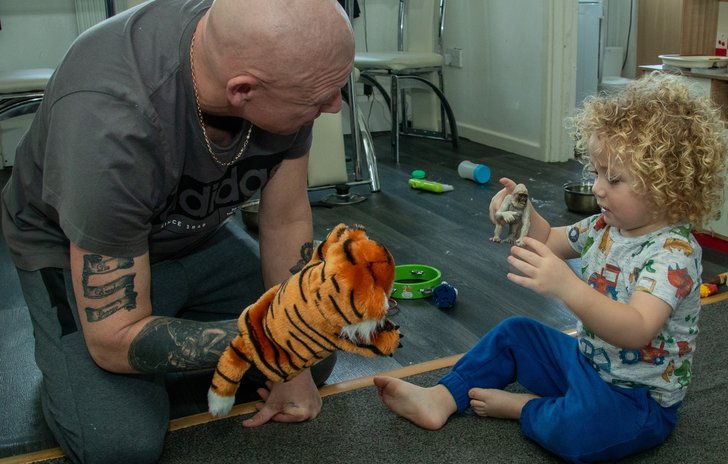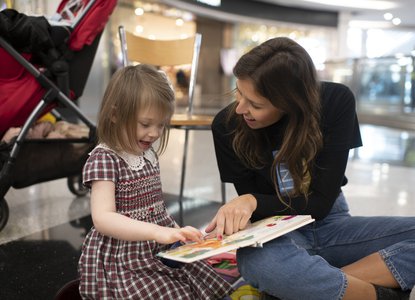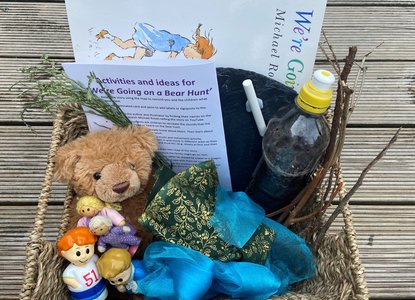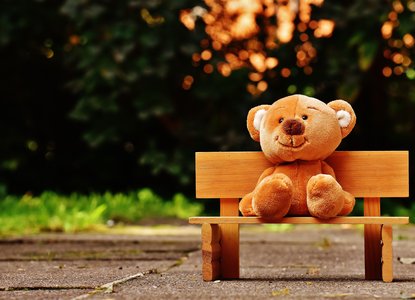You can make a puppet with things you already have at home... odd socks, cardboard boxes, clean food packaging, notebook paper, magazines and plastic bags for cutting up.
It doesn’t matter if the finished puppet isn’t perfect. Let your child make choices about what they use and let them do most of the work themselves, then they will be proud of their puppet, and eager to play with it.
Here’s just a few ideas of the kind of puppets you could make:
- Sock puppet – Use an odd sock. Then draw, glue, or sew on some decorations to create a face. You can add more detail if you choose to, such as a tail, arms, hair, a hat, scarf or bow.
- Stick puppet – Invite your child to draw and cut out a person or animal and then glue or tape them onto a stick, a lollipop stick, or an old pencil.
- Photo puppet – Print out or find some old photos of people that are special to your child. Cut them out and make them into a stick or finger puppet, you could make one of your children and yourself too!
- Finger puppet – Make a small cone out of a semi-circle of paper or felt. Draw on a face and maybe stick on a tail (you could use string, ribbon or paper) to make a mouse, or add clothes for a person.
- Shadow puppet – For older children get them to think carefully about the outline shape for a stick puppet. You will need to use card. Then use a torch to create shadows on the wall.
(Important! if you are making a puppet for a baby or toddler to play with, be careful not to use small parts that could be pulled off.)
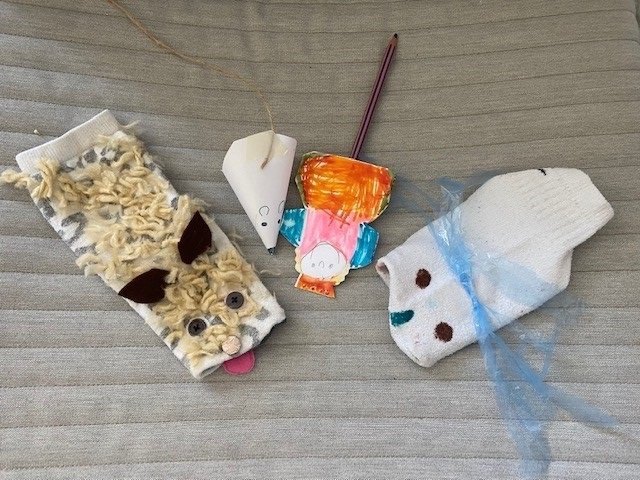
Top tips for making puppets:
- Follow your child’s lead – the puppet/s could be based on a favourite book or TV character, a toy, pet, or Grandma!
- Encourage your child to do as much of the making as possible. This kind of activity is great for developing your child's coordination and muscle control as they draw, cut and stick.
- Lots of positive praise about the choices your child makes will make them proud of their creation.
Top tips for playing with your puppets:
- Let your child take the lead, use silly voices, and have fun!
- You could act out a favourite story with the puppets.
- If you make puppets based on important people, children will enjoy using them with their other toys. For example, to chat to peppa pig!
- Puppets can be a great way of talking to children about feelings. For example, pretend your puppet is feeling sad and see if your child can think of a way to make it feel better.
Good to know
Playing with puppets can help children work through and understand emotions.
Further inspiration
Watch this Tiny Happy People video for more inspiration:
